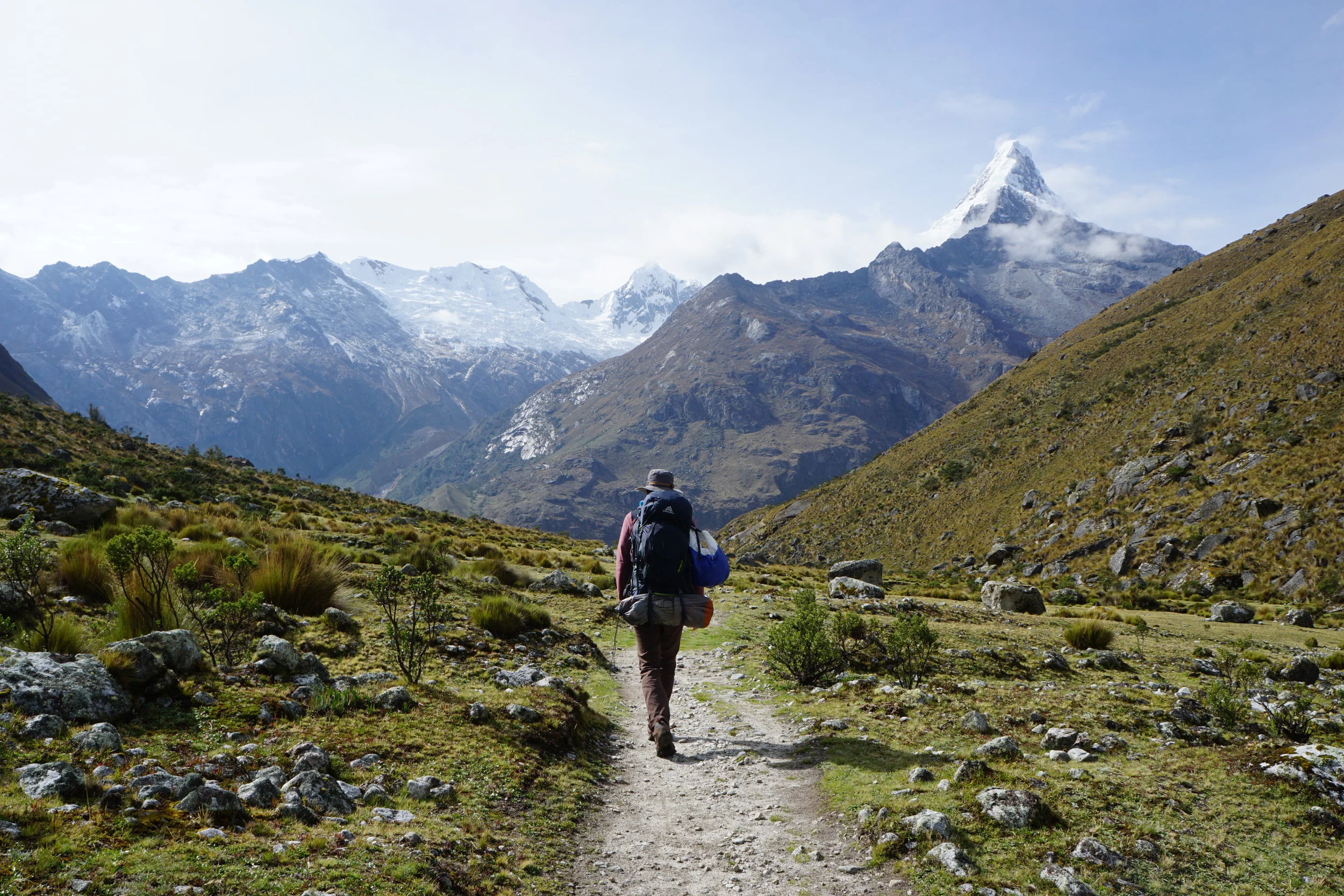Cusco is the tourism hub of Peru, and for good reason. The city is quite unique, the central downtown rests in a large valley, the remainder radiates out and up the surrounding mountains. At night the hills light up like stadium seating shining flashbulbs on you from all angles. History and fast food, luxury hotels and stray dogs coexist in harmony. Where coffee shops and fake alpaca sweater vendors now stand, the Incan king once sat upon his throne. Incan building foundations stand strong, supporting the Spanish colonial buildings which reside in the late civilizations capital. It is the jumping off point for any trip to Machu Picchu and the historic relevance of the city is unrivaled in South America. Cusco, in its modern form, is built for travelers, loaded with great food, coffee, hostels, markets, and entertainment options. Upon arrival it was clear that this was a place I could hang around for a while.
Puno & Lake Titicaca
From a travelers perspective the city of Puno is fairly lacking...The food is standard at best, accommodation options are limited, and overall there isn’t much too see. Never the less the city pops up on just about any Peruvian itinerary. People visit the city for the singular reason of Lake Titicaca; and on first inspection, I was not impressed.
Arequipa and the Canyon de Colca
It is amazing how perspective can change. When I first arrived in Peru, regions of Lima felt like the Wild West. Upon returning, after a month exploring up north, the city felt tamed, almost docile. Streets that I deemed sketchy on day one now felt luxurious. Extended exposure to anything builds tolerance, and I think I’m slowly becoming immune to the chaos.
Mercado San Camilo
My favorite way to connect with a new culture is through food. The ingredients, cooking methods, and traditions of a region tell you so much about the way people live; and the Wikipedia of any culture’s food scene is the local market. Large and full of energy, Peru’s markets each tell a story of local industry and historical influence, acting as a reflection of the city itself. The market of Huaraz was a frenzied, untamed wilderness with animal carcasses draped over every stall. Iquitos was an exotic and at times disturbing display of the magnificent flora and fauna the Amazon provides. Opening ones eyes to the very real struggle the city continues to have with poaching. The market in Tarapoto, a tropical hub of fruit production, could hardly contain the mountains of fresh pineapples, papayas, and plantains. The colors, smells, and activity all bring you a little closer to a foreign land.
A Month In Review
It is hard to believe that over a month ago I left the comforts of the Tri-State area to begin this journey. It both feels long removed yet quick to pass. Things have gone fairly smoothly, baring some altitude sickness, a few bouts of food poisoning, a stolen phone, and many dicey bus rides. My Spanish is much improved, far from conversational, but I can get by. I have learned she’ll becoming around the mountain on my harmonica, and connected with many amazing people from Peru and abroad. Below is a bit of a recap, the TL;DR version if you will, for those who can’t stomach my grammar and spelling.





